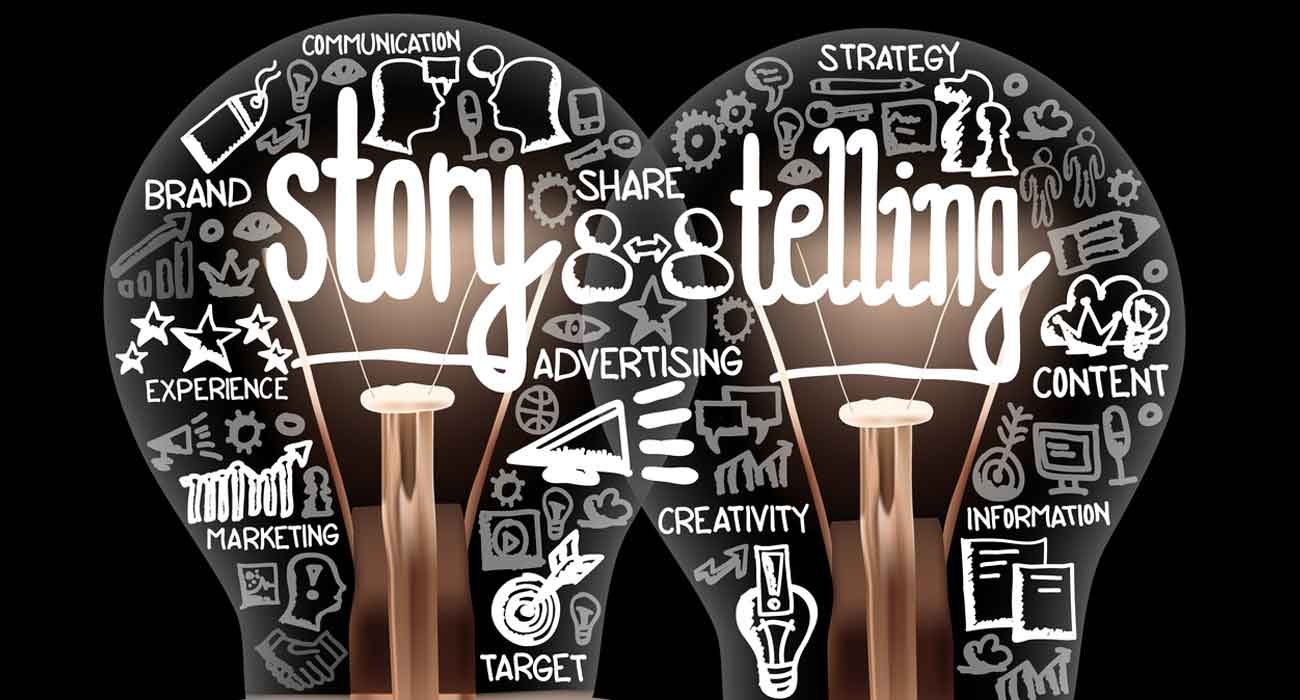Website Design for Storytelling: Turning Brands Into Digital Journeys
A website is more than a collection of pages—it’s a stage where a brand’s story unfolds. While functionality and aesthetics are essential, storytelling is what turns an ordinary website into a memorable digital journey. By weaving narratives into design, businesses can form emotional connections with their audience, making their brand more relatable, trustworthy, and unforgettable.
Storytelling through website design is about guiding users in a way that mirrors the brand’s values, purpose, and journey. From visuals and layouts to user flows, every design choice contributes to a narrative that resonates with visitors and keeps them engaged.
How Narrative-Driven Design Builds Emotional Connections
People don’t just buy products or services—they buy into stories. A brand’s story explains who it is, what it stands for, and why it matters. Translating this into website design ensures that users don’t just browse a site; they experience it.
- Brand authenticity – Narrative-driven design showcases a company’s mission and values, creating trust and transparency.
- Deeper engagement – Visitors stay longer on websites that spark curiosity and emotion, whether through storytelling videos, customer journeys, or behind-the-scenes content.
- Memorable experiences – Stories are easier to recall than plain information. A brand that presents itself through narrative leaves a lasting impression.
By structuring a website around a clear story, businesses invite users into their world, encouraging emotional investment and stronger loyalty.
Visual Storytelling: Using Layouts, Imagery, and Motion to Engage Users
Design is the language of storytelling online. Visuals, layouts, and subtle interactions all play a role in creating an immersive narrative.
Layouts That Guide the Journey
A well-structured layout leads visitors step by step through the brand’s story. Hero sections introduce the central message, while scrolling reveals supporting chapters such as product benefits, customer success stories, or company milestones.
Imagery That Speaks Volumes
High-quality images capture emotions instantly. Lifestyle photography, behind-the-scenes shots, or bold product visuals can all communicate aspects of the story without words. Consistency in imagery ensures that every page feels connected to the same narrative.
Motion That Brings Stories to Life
Subtle animations, scrolling effects, and video integration add dynamism to storytelling. Motion can highlight key moments, simulate a journey, or emphasize transitions in the brand’s narrative. When used thoughtfully, it engages users without overwhelming them.
Together, these elements turn a static website into an interactive brand journey, where each click reveals another layer of the story.
Crafting User Flows That Mirror a Brand’s Story From Start to Finish
User flows are often treated as functional maps for navigation—but they can also mirror the structure of a story. Instead of a disjointed experience, visitors move through a logical beginning, middle, and end that reflects the brand’s narrative.
- The beginning – The homepage introduces the brand’s purpose and sets the tone, much like the opening chapter of a story.
- The middle – Subpages dive deeper, guiding users through product offerings, services, or customer case studies that demonstrate the brand in action.
- The end – Calls to action bring the journey to a meaningful conclusion, whether that’s signing up, making a purchase, or contacting the business.
When user flows are designed with storytelling in mind, navigation becomes intuitive and engaging. Each stage feels intentional, leading visitors naturally toward conversion while keeping them emotionally connected.
Great website design does more than organize information—it tells a story. By blending narrative-driven design, visual storytelling, and user flows that mirror brand journeys, businesses can create websites that go beyond transactions. They inspire emotion, build trust, and create lasting connections with audiences.
In a crowded digital space, stories set brands apart. A website designed for storytelling ensures that visitors don’t just remember what your brand sells—they remember how it made them feel. That emotional impact is the foundation of loyalty and long-term success.




 +91 8277203000
+91 8277203000
